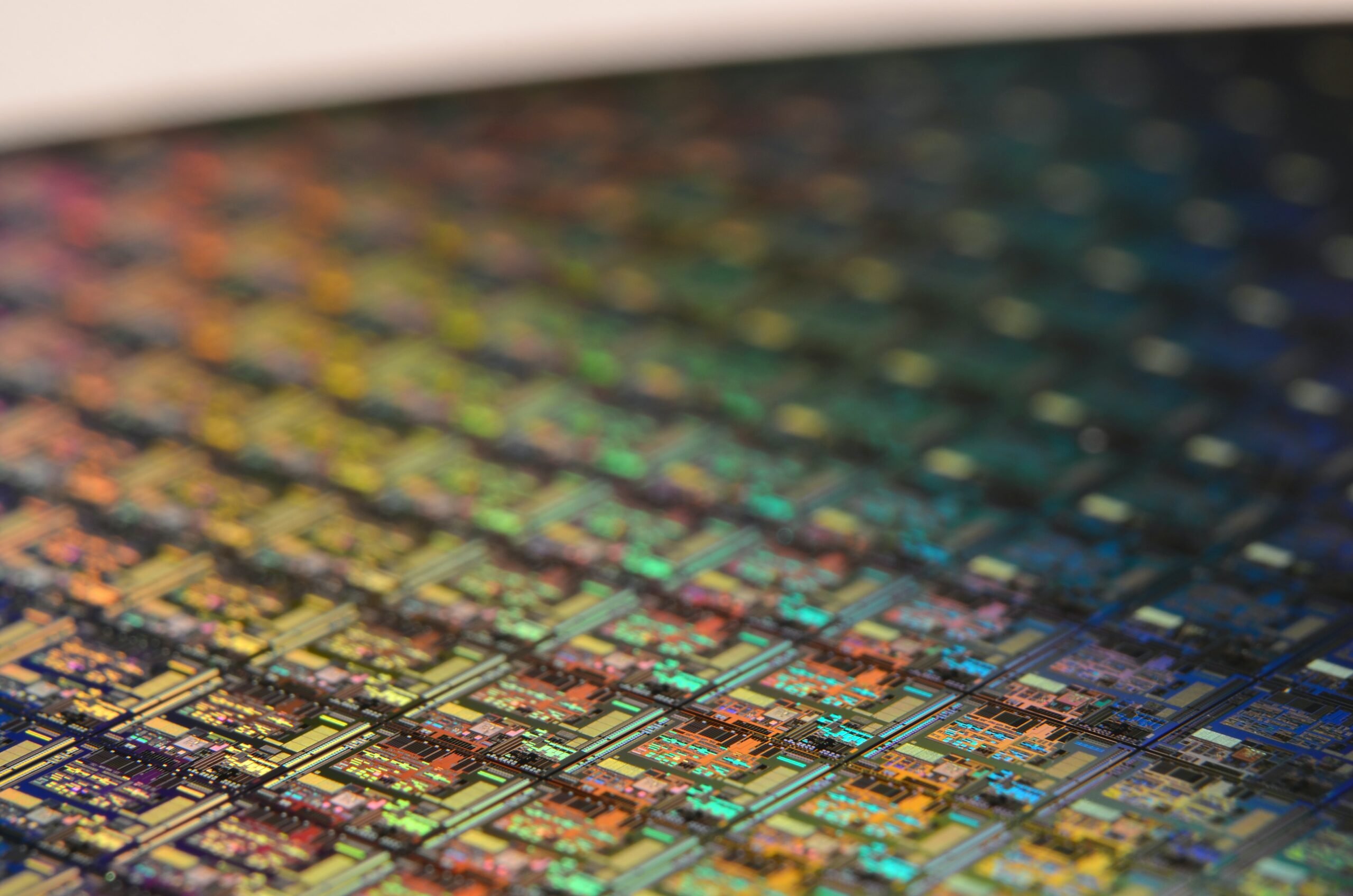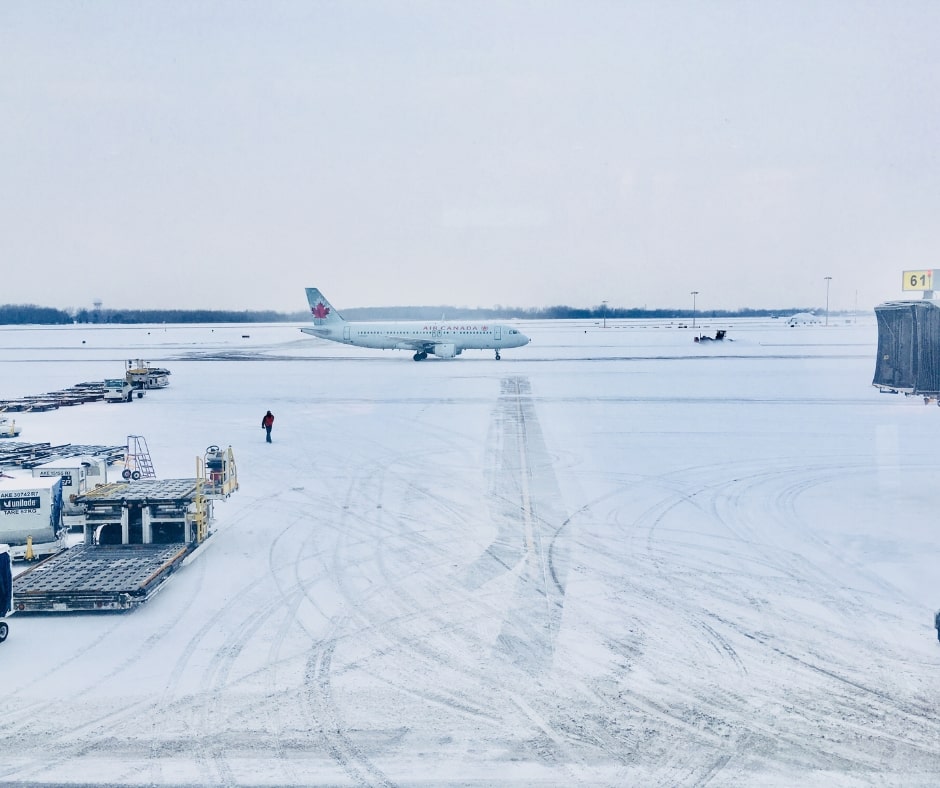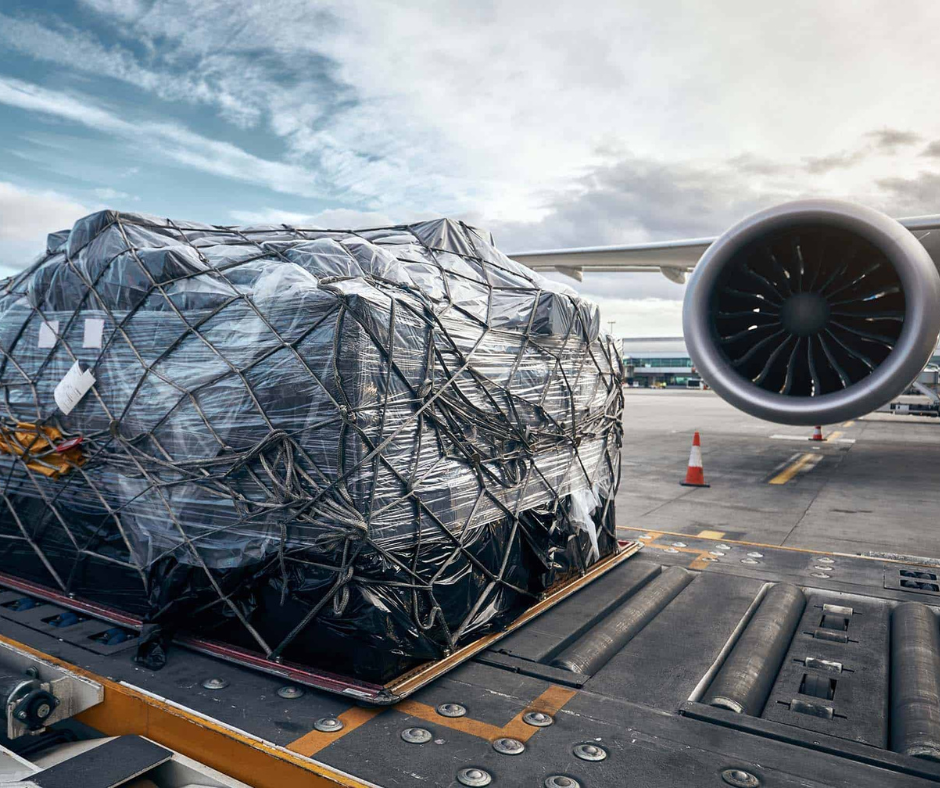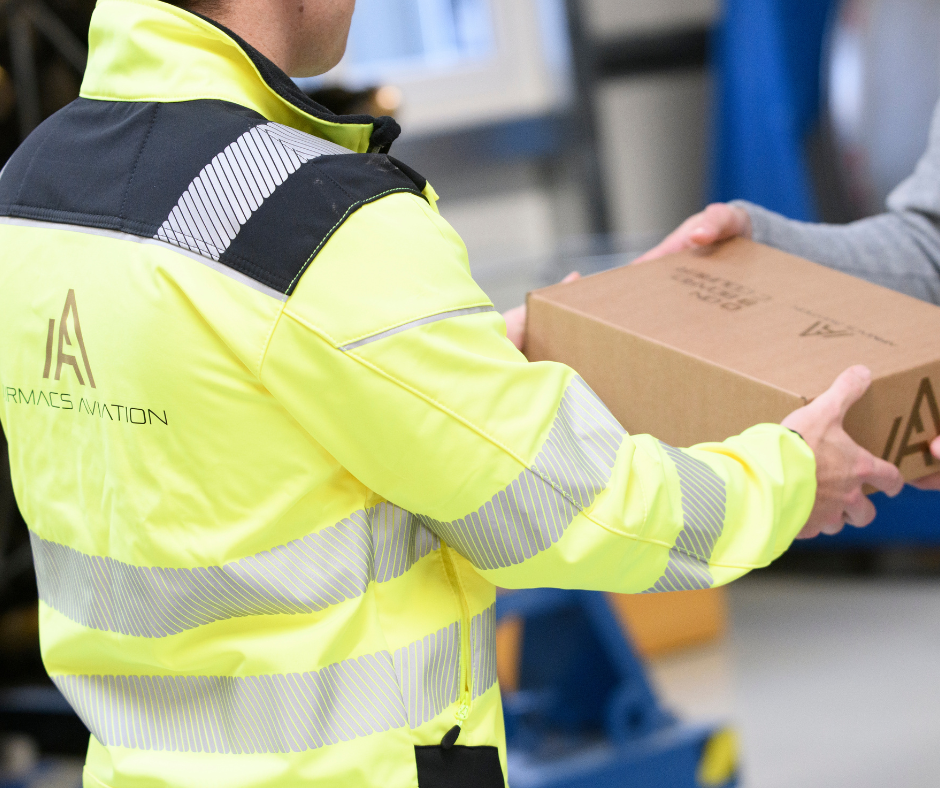A semiconductor is a material that has properties between those of an insulator and those of a conductor. Semiconductors are used to make electronic devices such as diodes, transistors, and integrated circuits.
They play a crucial role in modern technology and are essential components in a wide range of devices and industries, including smartphones, computers, and televisions plus automotive and of course, aerospace.
The importance of semiconductors lies in their ability to manipulate electrical signals. This allows for the creation of compact and efficient electronic devices and have paved the way for the development of modern technology as we know it today. Semiconductors are also incredibly versatile, which means that they can be used in a wide range of applications, from consumer electronics to aviation.
When it comes to aviation, semiconductors have revolutionised the industry, and are now used for a wide variety of purposes:
- Navigation Systems: One of the most important applications of semiconductors in aviation is in navigation systems. Global Positioning System (GPS) navigation is a critical component of modern aircraft, and it relies heavily on semiconductors. GPS receivers use semiconductors to amplify and process signals from satellites, which are then used to determine the aircraft’s position and direction of travel.
- Communication Systems: Another essential application of semiconductors in aviation is in communication systems. Radio communication is vital in air charters, and it is used for everything from air traffic control to pilot-to-pilot communication. They are used to power the radio equipment and to process and amplify the signals that are transmitted and received.
- Control Systems: The flight control system of an aircraft relies on semiconductors to process signals from sensors that detect the aircraft’s speed, altitude, and direction. The control system then uses this information to adjust the aircraft’s flight path and keep it on course during its air charter service. Without semiconductors, the flight control system would not be able to process the large amount of data that it needs to operate, and aircraft would not be able to fly safely.

Shortages and new approaches
The semiconductor industry has been experiencing a shortage in recent years, which has led to increased prices and longer lead times for customers. In 2019, shortages were so critical that some manufacturing production lines shutdown. The shortages are due to a combination of factors, including increased demand for electronics due to the pandemic, supply chain disruptions, and manufacturing challenges.
Given the significant impact of the shortages across a range of industries, there was an increased pressure on companies to find new sources of semiconductors. Apple, for instance, lost $6 billion in sales in Q4 of 2021. Partly in response to this, they announced at the end of 2022 that they would begin manufacturing semiconductor chips at a new Arizona-based factory.
Companies are looking at various innovative ways to manufacture electronics, including semiconductors, in a more efficient way. For example, Virgin Orbit Rocket, which recently launched unsuccessfully, had a space factory on board, belonging to a Welsh start-up called SpaceForge. SpaceForge believes that the conditions in space, such as the lack of gravity, allow for materials to be manufactured more effectively, with a lower carbon footprint.
Space Forge’s first satellite was due to launch on the Virgin Orbit Service on 09th January 2023, but excitement turned to disappointment when the rocket failed to deploy its payload. The exact cause of the failure was not immediately clear, but Virgin Orbit later identified an anomaly that caused a premature shutdown of the rocket’s upper stage. This resulted in a fire in the engine compartment of the rocket, and all nine satellites on board including ‘ForgeStar-0’ were sadly lost. Whilst the converted Boeing 747 named Cosmic Girl and its crew were able to safely land back at the launch site based in Cornwall, southwest England, the mission itself was a failure.
The development of advanced technologies such as artificial intelligence and the Internet of Things (IoT) will shape the production levels of semiconductors in the coming years. Already, these technologies have been responsible for significantly increasing the demand for semiconductors. AI can also be used in the production of semiconductors, as it can be used to detect anomalies in the results from production tests, and then figure out the likely causes of these anomalies. The increase in demand for semiconductors is evidenced by prediction that the industry will grow to $1 trillion in revenue by 2023.

Exporting semiconductors
When it comes to exporting semiconductors, it is a complex process that is reliant on many rules and regulations. To ensure compliance with all regulations and laws, it is important to be aware of the compliance approval process and the various documents and measures that must be in place. These are carefully considered when moving semiconductors by air charter specialists such as Airmacs Aviation.
There are strict regulations surrounding compliance for the exportation of semiconductors, including the need to obtain end-use certificates, determine codes (ML/HS/ITAR/EAR), consult with specialists for export control license requirements, and check the packing cargo manifest against MAW and invoices. Screening and performing diligence on involved entities, as well as consulting with the air charter specialists before shipping, is also essential.
There are restrictions and measures in place, including quotas, tariffs, and recent U.S. export controls on computing semiconductors that are subject to EAR and licensing. Towards the end of 2022, the Biden administration introduced new export rules, aimed at limiting China’s access to advanced computing chips and development of supercomputers and advanced semiconductors.
Exporting semiconductors by air is a complex process that requires a thorough understanding of the regulations and laws in place. By being aware of the compliance approval process and the restrictions and measures in place, you can ensure that your shipments are in compliance with all regulations and laws.











